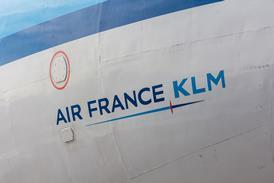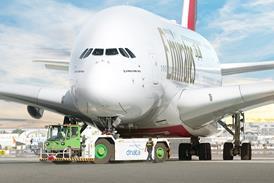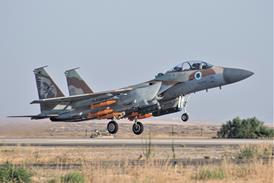India's Hindustan Aeronautics is only likely to be able get initial operational certification for its long-delayed HJT-36 Sitara intermediate jet trainer around the end of 2011 despite the added pressure to get it back on track.
The programme has come under the spotlight after the crash of a naval HJT-16 Kiran during the aerobatic display at the India Aviation 2010 air show in Hyderabad two weeks ago, resulting in the death of both pilots. The Indian media and armed forces officials have started calling for the replacement of the Kiran, some of which date back to the 1970s, to be given urgent attention.
That, however, is unlikely to take place until late 2012 at the earliest say industry sources. The Sitara has been in development since the mid-1990s and was originally scheduled to have been delivered in 2005, but that was first pushed back to 2008 and then 2010 for various reasons.
One major issue was the lack of a proper powerplant, and India finally took delivery in the second half of 2008 of the NPO Saturn AL-55I engine that replaced the Snecma Larzac 04H20 that was initially used on the two prototypes. Airframe modifications needed to accommodate the new engine further delayed flight testing.
The first prototype PT-1 suffered severe damage to both wings after a crash while attempting to take off during the 2007 Aero India air show in Bangalore, and it took two years to repair the airframe. The second prototype, PT-2, landed on its belly after an aerobatic routine at Aero India 2009, and suffered significant damage to its undercarriage, belly, doors and one of the wings.
"The accidents were definitely a major setback with both aircraft having to be extensively repaired. But they have both now been fitted with the AL-55I engine and are joining the flight-test programme," says a HAL source. Another second source, however, says that the delays mean that the certification process has been delayed by more than two years.
"The flight-test programme is slowly moving forward with the limited production aircraft. HAL's aim is to achieve international operational certification at the end of 2011, but that is also a big doubt. The company is trying to build additional prototypes to accelerate the process, but even that is proving to be a challenge," the second source adds.
Under a $250 million deal signed with Russian arms export agency Rosoboronexport in 2005, HAL agreed to buy at least 200 AL-55I engines. The first 100 will be manufactured in Russia, and the rest licence-produced at the company's facilities in India.
HAL could eventually manufacture up to 1,000 units of the engine, which is a scaled-down version of the AL-31FP that powers the Sukhoi Su-30MKI that the company also licence-produces for the Indian air force.
The Indian air force and navy are expected to eventually order up to 225 HJT-36 trainers. The first 12 limited series production aircraft for the air force's Surya Kiran aerobatics team is now likely to take place in late 2012.
Source: Flight International























